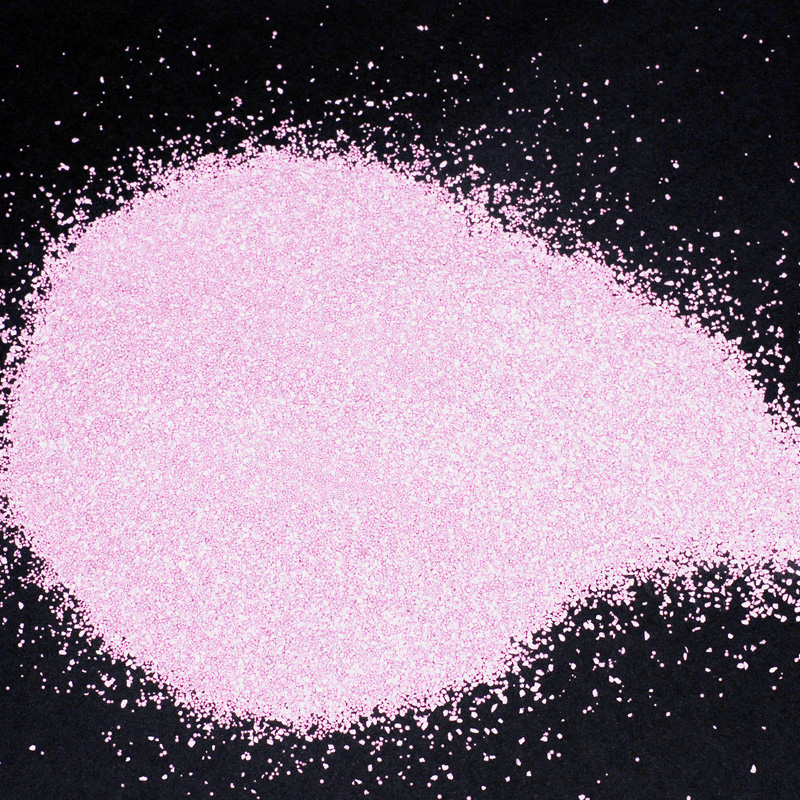Preparation
Raw material preparation

Raw material preparation
After delivery of the soapstone and intense quality controls, a complex manufacturing process begins, starting with gradual preparation of the raw material.
The excellent quality of our products is based on fundamentals that are created during this early stage of production.
The three stages of preparation in chronological order are grinding, dewatering and optimizing.
Step 1: Grinding
In chemical terms, soapstone is a magnesium silicate. It is mixed with selected raw material components to produce ceramic bodies.
While the material is being mixed and ground in large wet ball mills, water is added. If required, grain sizes less than 20 µm can be achieved depending on the grinding time.
Step 2: Dewatering
There are two options for dewatering: mechanical or thermal.
Mechanical dewatering: Filter presses dewater the ground suspension using high pressure. The logical principle: As the water is drained off, different filter chambers hold back the solids. The pressing time is precisely defined and filter cakes are formed in the required consistency.
Thermal dewatering: During this process, the suspension is spread evenly through a number of nozzles in a spray tower and dried using hot air. Small and particularly free-flowing hollow spheres are formed. They are the ideal starter material for economic processing in dry pressing technology.
Step 3: Optimizing
Optimizing or conditioning of the pressed granulates concludes the preparation process. The parameters required for further processing are precisely defined here.
We attach great importance to these values:
- Moisture content
- Bulk density
- Particle size distribution
These product characteristics are controlled through the granulation process itself or by using systematic moisturizing, compressing, and screening. Continuous quality control during all manufacturing steps is based on consistently documented parameters.


